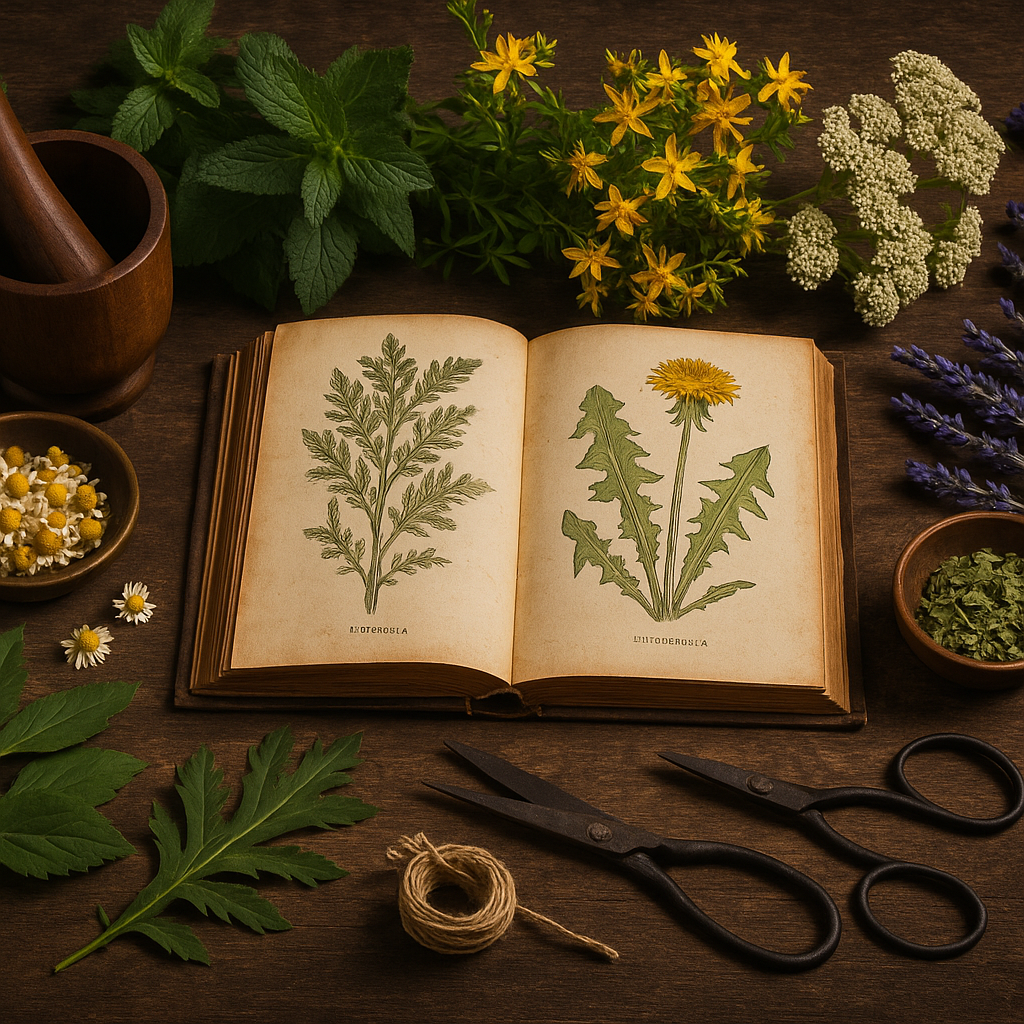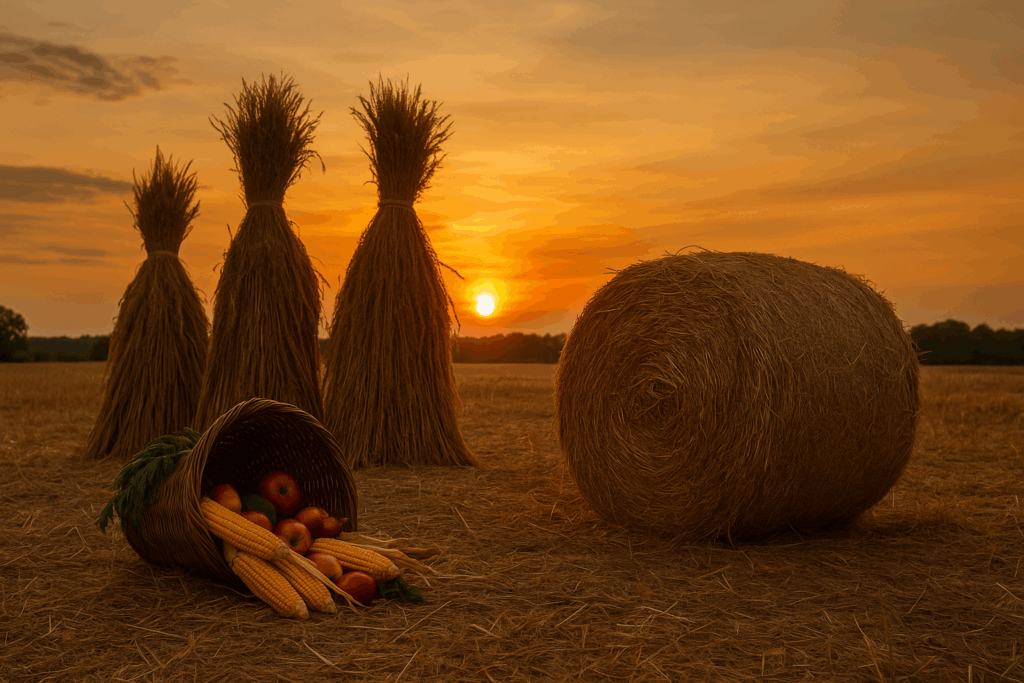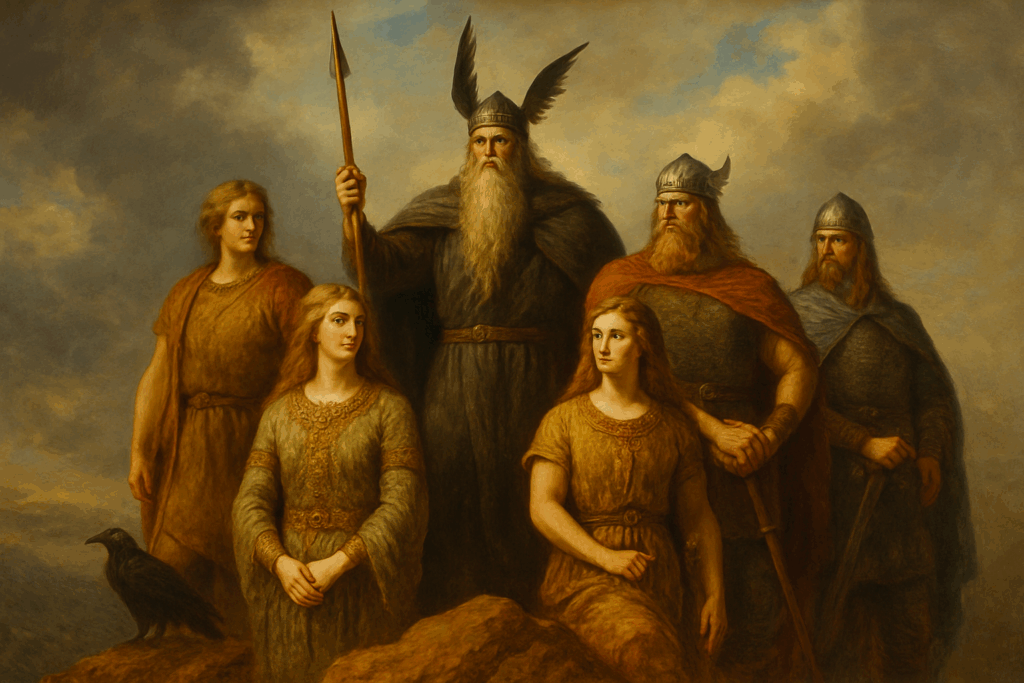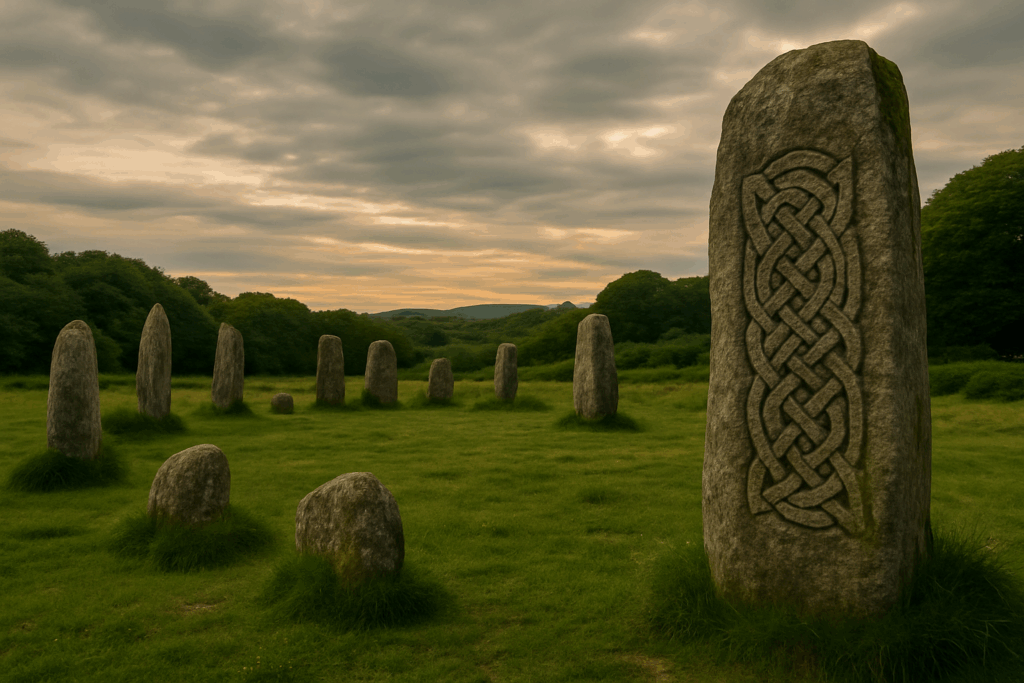🌑 November 20 – Cloak of the Crone
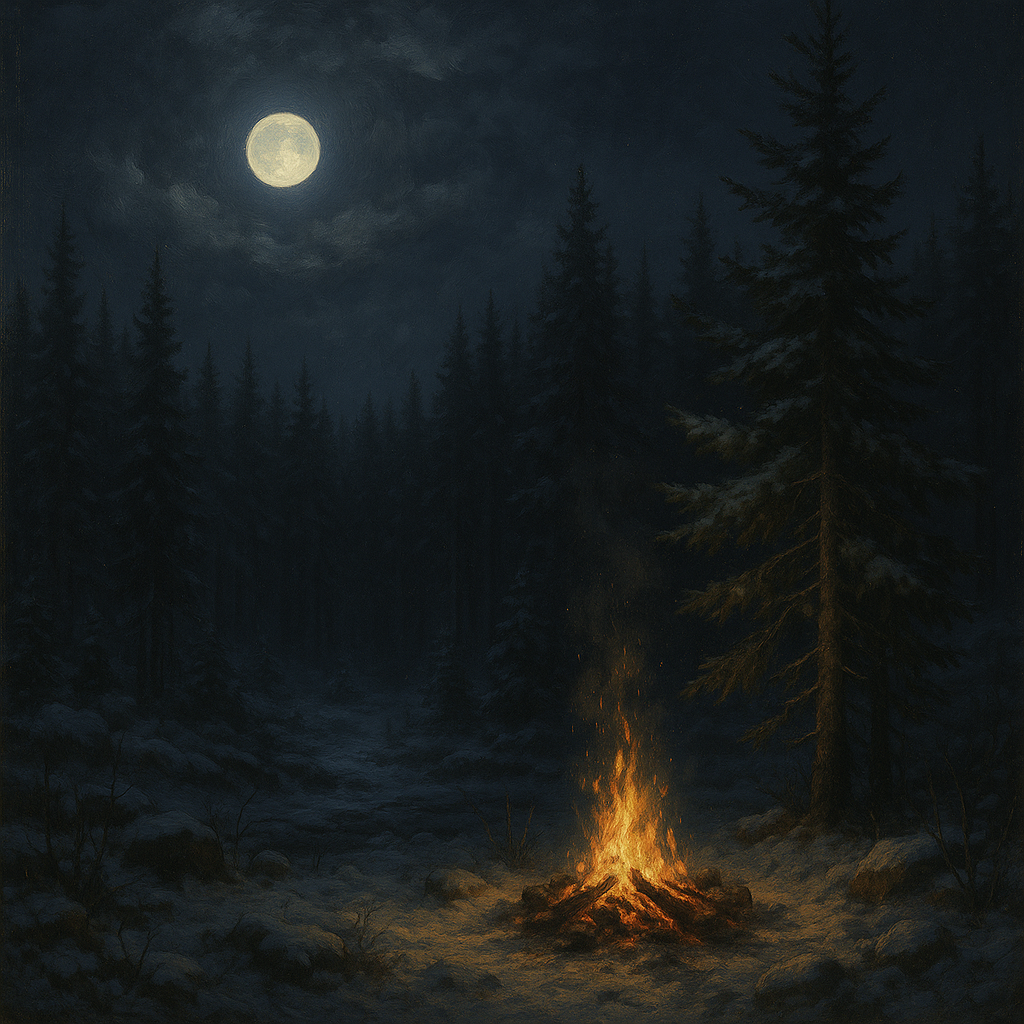
Celebrating the wise feminine energy in its winter form.
The frost this morning lies heavy upon the world, shimmering like silver dust upon every blade of grass and stone. The breath of dawn is pale and quiet, a soft exhale of earth preparing for deep winter. On this day, November 20, we honor The Cloak of the Crone — a sacred acknowledgment of the wise feminine in her final, most mysterious season. She who was maiden and mother now becomes the crone, the keeper of endings, memory, and insight. This is her time, and her cloak — woven from shadow, frost, and starlight — is the mantle of truth that rests upon the world.
The Crone is not death but understanding. She is the embodiment of life’s final rhythm, the culmination of all cycles. In her face are written the stories of every sunrise and sunset, every joy and sorrow, every birth and farewell. Across cultures she bears many names — the Cailleach of the Celts, Baba Yaga of the Slavs, Hecate of the Greeks, Cerridwen of the Welsh, and in quieter ways, she echoes through all mythic landscapes. She is the Winter Mother, the Bone Woman, the Weaver of Fate, the Keeper of Keys. Though her form may be ancient and her touch cold, her wisdom is luminous and enduring.
To walk beneath The Cloak of the Crone is to walk within the season of discernment. The world no longer blooms with abundance; the time for harvest has passed. Yet in the stillness of winter, her presence teaches us what endures when all else falls away. The Crone strips away illusion, revealing the bare truth beneath — like trees laid naked of their leaves, their strength shown not through beauty but through endurance. Her cloak, though woven from frost, is a garment of compassion. It protects through clarity; it warms through truth.
In earlier ages, this day marked a turning of reverence toward the elder aspect of the divine. The people of the land knew that wisdom could not exist without time, nor insight without endings. The Crone’s season was one of storytelling, prophecy, and reflection. Around the hearth, the old women spoke in low voices — not of the gods of light and youth, but of the slow powers that move beneath all things: transformation, patience, and the cycle of return. The young would listen, half afraid, half entranced, learning that the cold of winter is not cruelty but purification.
To honor The Cloak of the Crone, begin your day with quiet respect. As you rise, wrap yourself in a shawl, blanket, or coat, and step outside into the morning air. Feel the chill touch your face, the sting of frost on your breath. This is the Crone’s kiss — awakening, bracing, honest. Whisper to her:
“Old Mother of the long night,
Keeper of endings and beginnings,
Wrap me in your wisdom,
That I may walk the world in truth.”
Stand for a few moments in stillness, feeling yourself cloaked not just in fabric, but in awareness — in the deep, knowing calm that belongs to age and endurance.
If you wish to create a ritual of deeper connection, prepare a small altar dedicated to her aspect. Use dark colors — deep blue, gray, black, or the silver of frost. Place upon it symbols of wisdom and transformation: a bowl of salt (for purity and truth), a stone or crystal (for endurance), a candle of indigo or white (for insight), and perhaps a small mirror or piece of bone. Each item represents part of her cloak — the elements from which she weaves the world’s understanding.
Light your candle and sit before it in meditation. Gaze into the flame until your mind softens, then close your eyes. Imagine an immense figure walking across the frozen land, her cloak trailing behind her like a river of night. The stars glint in its folds, frost sparkles at its edges, and wherever it touches, silence deepens. Yet beneath her steps, the earth does not die — it rests. You may hear her hum, a low, ancient song that vibrates through stone and bone alike. She turns to you, and her eyes are both dark and filled with light. She asks not for worship, but for acknowledgment.
The Crone’s gift is the courage to see. She teaches that every life carries endings, and every ending carries wisdom. Her cloak is woven from experiences — each thread a memory, a lesson, a truth. When you honor her, you honor the elder within yourself — the part of you that has seen much, learned deeply, and grown quietly strong. To reject her is to fear your own maturation; to welcome her is to accept your fullness.
There is a sacred irony in her presence: though she represents age, she is also renewal’s guardian. For it is she who clears the ground for spring, who lets what must die return to the soil. Without her pruning, nothing new can grow. The young may plant seeds, but it is the Crone who makes space for them to live. This is the lesson of the cloak — that compassion sometimes takes the form of letting go, and wisdom sometimes speaks through silence.
If you wish, you may speak aloud what you are ready to release — fears, regrets, burdens that no longer serve you. Whisper them into your hands, and then blow them gently into the night air or into the flame before you, saying:
“Old Mother, take what I no longer need.
Let it rest in your cloak of stars.
From stillness, let new light be born.”
You will feel lighter for it. The Crone does not judge what you release; she receives it and transforms it, turning sorrow into soil, weariness into strength. Her alchemy is slow, but eternal.
Spiritually, The Cloak of the Crone calls us to honor the elders among us — not as relics of the past, but as living embodiments of resilience and wisdom. In ancient communities, the eldest women were the keepers of ritual, medicine, and story. Their hands carried the memory of fire; their voices wove the fabric of continuity. To forget them was to forget the earth’s own memory. This day, reach out — in prayer, in conversation, or in thought — to the elders who have shaped you, whether they still walk this world or dwell beyond it. Thank them for their endurance, for holding wisdom through the storms of time.
Within each of us, too, lives an inner Crone — that part of the soul that knows when to rest, when to release, when to trust the dark. We often silence her, fearing her stillness, her unflinching honesty. But if we listen, she becomes our greatest ally. She is the voice that says, You already know. You already are enough. To walk beneath her cloak is to walk with self-acceptance, humility, and quiet confidence.
As night falls, you might wrap yourself once more in your shawl or coat. Step outside beneath the stars and raise your face to the sky. Imagine the vast cloak of the Crone spread across the heavens — each star a thread, each cloud a fold of her garment. Whisper a final prayer:
“Wise Mother of frost and flame,
Let your cloak shelter all hearts in winter.
Grant us patience through the dark,
And bless us with the peace of knowing.”
The air will feel alive, charged with her ancient stillness. Perhaps you will notice how the stars seem closer, or how the night’s silence deepens after your words. That is her presence — the quiet assurance that endings are sacred, and within them, beginnings wait unseen.
The Cloak of the Crone teaches that wisdom is not found in endless motion, but in the calm endurance of understanding. Her cloak covers all — joy and grief, birth and death, light and dark — not to hide them, but to hold them together in wholeness. Beneath it, we rest as the earth rests, knowing that even in the longest winter, the heart of life continues to beat, slow and eternal.

